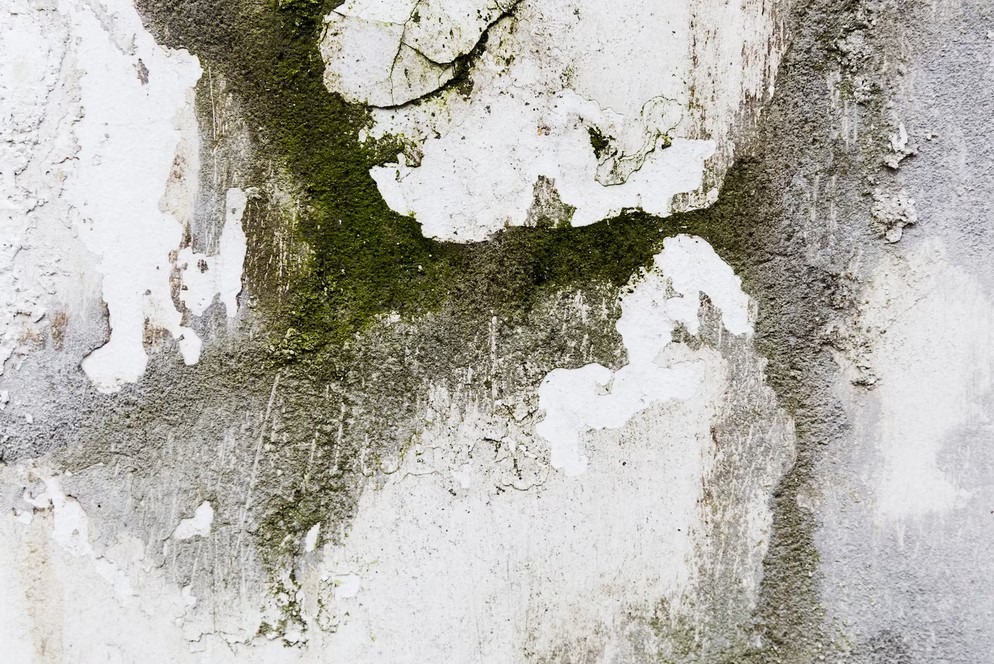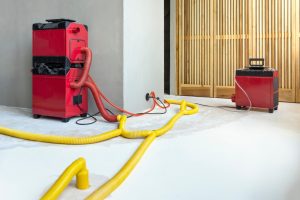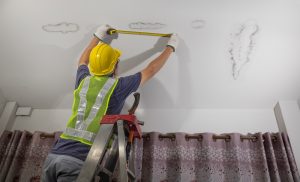James is horribly allergic to horses. He had the chance in northern Canada to stand among a field of wild mustangs… which he did. But it took him two days to recover. It seemed worth it at the time.
Today, if James walked into a room with a horse in it, it wouldn’t matter if the horse was alive or dead – he’d still be allergic to it. Our immune response to mold is the same. It doesn’t matter if that mold has been starved of moisture or food, or if it’s alive and well – mold maintains all of its toxins and allergenic properties when it’s present in any form. So the key is removal. That’s why the book of Leviticus tells us to remove the people from the moldy space, remove the mold, take it out of the city, and then rebuild the space. This is the exact formula we still use today at Yeti Restoration.
In fact, the IICRC S520 (industry standards for mold remediation) states that “remediators should not mist or fog… in an attempt to kill mold in lieu of source removal”.


So you don’t use chemicals? Right. Chemicals are universally water-based; and mold spores are oil-based. It was explained once like pounding a bag of flour with your fist – the mold spores are tiny like the flour in the analogy, and the chemical mist, fog, or spray is like the fist. Not only is a water molecule larger than a mold spore, but it’s a repellent (water to oil), rather than a counteractant.
When the goal is removal, the strategy can’t be to cover-up with Kilz, or generally bleach the area.
In fact, bleach won’t work for what you want to achieve with mold. The efficacy of the bleach is used up too quickly on the very top surface of a substrate, killing whatever it touches on contact, and using up that chemical potency. While this is interesting and helpful on a metal laboratory table, it’s not very helpful for removing mold colonies eating each other on porous materials. That 99.9% efficiency is tested and proven on pre-cleaned metal, not moldy porous surfaces in basements.
The removal of the mold itself is the starting point – and that often requires the removal of the porous materials the mold is growing through (not just on it). But more on that later…!
Adapted from the book: Yeti’s Eat Mold for Breakfast, first published 2022





